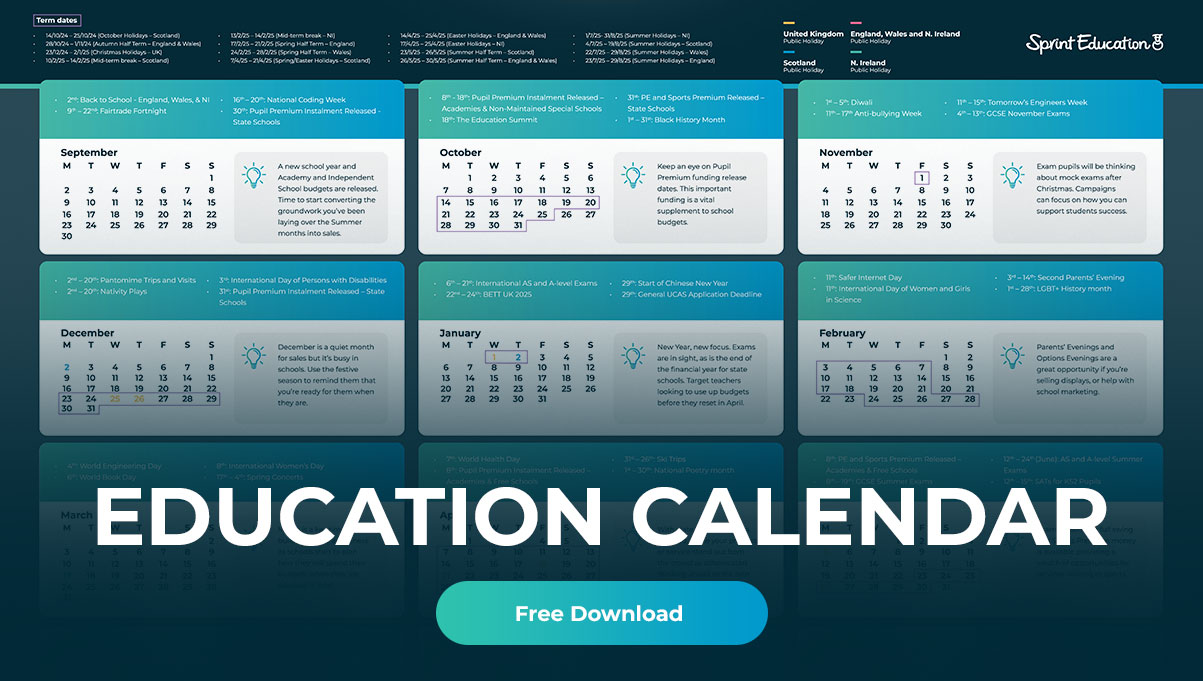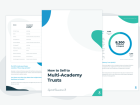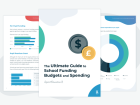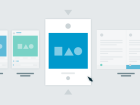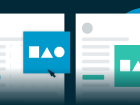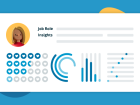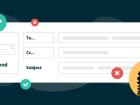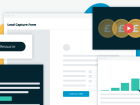The Theory of Segmentation
The Theory of Segmentation
Why teachers will respond better if you’re putting the theory into practice.
Why teachers will respond better if you’re putting the theory into practice.
What is it and why should you be doing it?
We’ve all been there - received not just one email but a whole load of emails from a business offering something that we have zero interest in.
What did you do with the last email you received that you weren’t interested in? Did you just delete it? Ignore it, so it will eventually find its way to the bottom of your inbox? Perhaps you unsubscribed, or even more horrifying for the marketer that sent it; perhaps you marked it as spam?
The unfortunate truth is that 74% of consumers get frustrated when content has nothing to do with their interests. (Janrain, 2019)
The same is certainly true when emailing teachers and school staff. What may seem like an irresistible offer for your award-winning Maths resources is unlikely to get the Music teacher excited. If you’re lucky, they might forward your email on to the right person, but teachers are exceptionally busy people and more often than not they will be simply too busy to selflessly help your marketing fall into the lap of their colleague. So, you need to ensure that it goes to the right inbox in the first place.
Put simply, it pays to ensure your marketing is targeted to the right audience.
Marketers who use segmented campaigns note as much as a 760% increase in revenue. (Campaign Monitor, 2019)
So, how do we do that?
We optimise our email campaigns using segmentation.
Segmentation is the process of splitting up your potential customers into smaller segments or groups who share common traits, demographics, or interests.
When you’ve created your segments of education staff, you’re better placed to then create content, or modify existing content, which is specifically suited to their needs or interests. When used well, segmentation enables you to build better relationships with your potential customers as you offer them content that is of real value and deliver a more personalised service to them. It also increases deliverability, lowers unsubscribe rates, leads to fewer spam complaints, increases relevance, and better relationships. What’s not to like?
You could split your potential education customers into simple groups using demographic information such as geographic location, job role, or establishment or institution type. You may already have this kind of factual information, and it’s a great place to begin building useful targeted segments. However, there’s always more to know!
Depending on the data available to you, you could drill down further using hundreds of variables. The key is gathering the right information to create detailed segments that are useful for your business.
It’s important to remember that every landing page form that a potential customer completes is an opportunity to discover more about them to segment your lists and help inform future campaigns. So, when you next set up a landing page, what else would be useful to know? Other than their contact details and name.
You can run campaigns specifically with the aim of learning more about your teacher leads too.
When thinking about what you want to know about your teacher leads and what questions to ask in these campaigns, it’s a good idea to review your buyer persona. A buyer persona should detail their biggest frustrations or challenges, or their deepest needs and desires. This information will help you identify key content themes that you can utilise.
Beyond these traits, you can also begin to build a picture of what kind of content your customers are engaging with most. Perhaps they’re an avid attendee of your video webinars, but they’re not engaging with your emails about blog posts. So, add them to a new segment and run a campaign that includes more video content than blog posts.
Here are some ideas to start segmenting:
- Demographic data – the facts like location and job title.
- Deeper details – habits, interests, frustrations, challenges, wants, and needs.
- Past purchases – information about their spending habits and product interests.
- Engagement – information about the way they engage with your email content and website.
- Location in sales funnel – how close to a sale they are.
When it comes to segmentation, the possibilities are endless!
So, if you’re still not sure what questions to ask, or you’d like to speak to the edu-marketing experts who have already asked them for your benefit, get in touch about how you can use Campus to segment like a pro.
Tags
Database of Teachers
Education Data
Education Marketing
Schools Marketing
Similar Articles
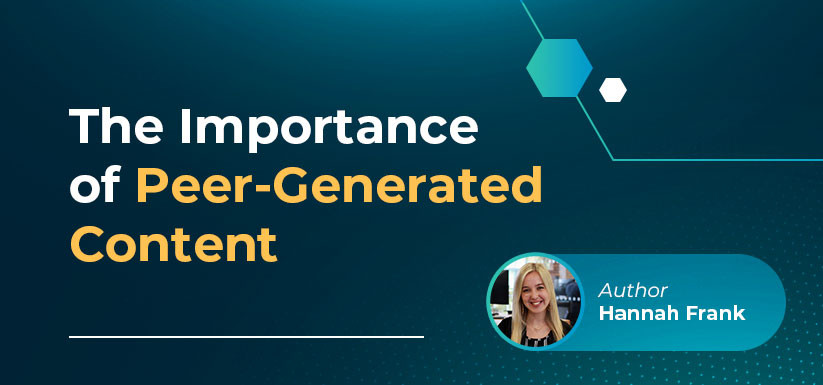

The Importance of Peer-Generated Content
Learn how to build trust and skyrocket your education marketing with peer-generated content.
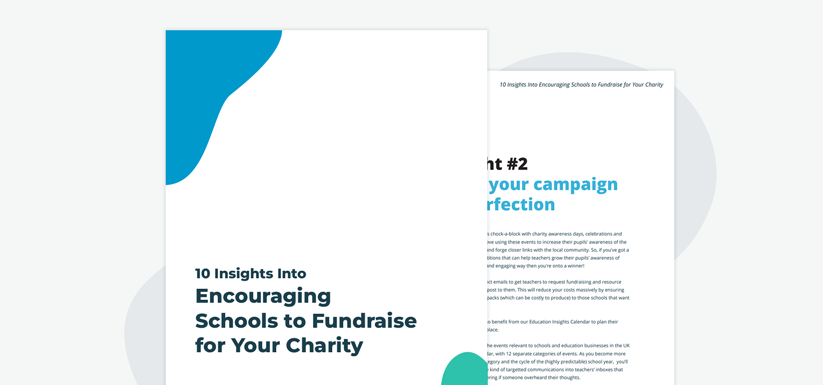

Marketing Charities and Fundraisers to Schools
Learn 10 game-changing insights to encourage schools to fundraise for your charity and enhance your education marketing campaigns when emailing schools.


Expert marketing to schools support and solutions
Expert marketing to schools solutions
Email Head Teachers, Teachers, and Staff Inboxes
Email teachers and staff inboxes
Sell More to UK and Global Schools and Colleges
Sell more to schools and colleges

















